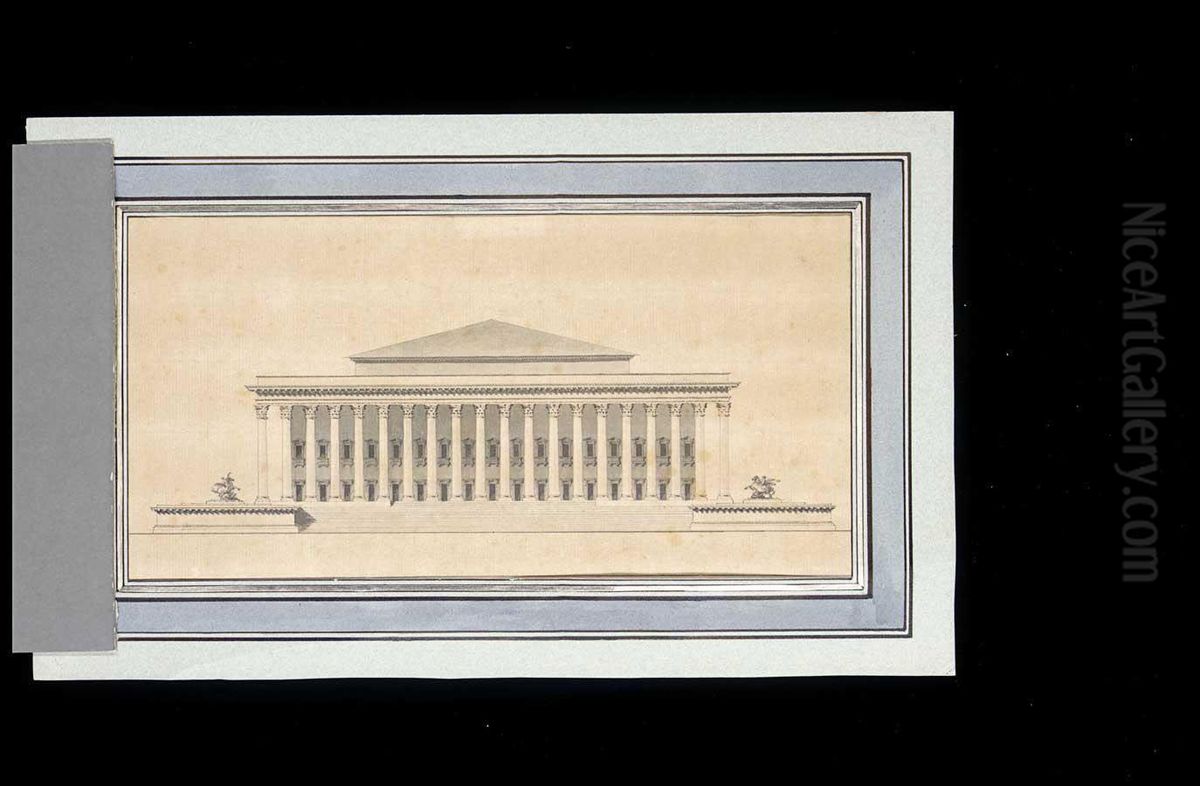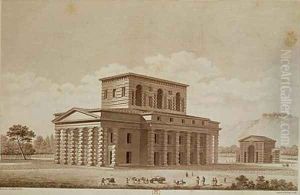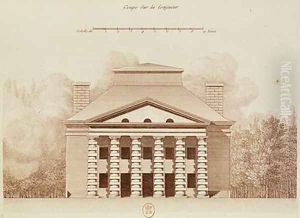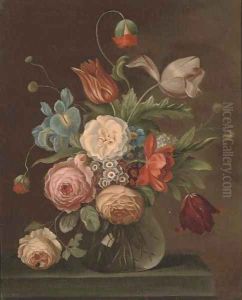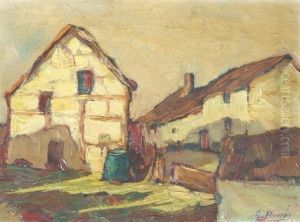





Facade Of A Classical Building With A Portico And Sculptures At Either Side Of The Steps
-
About Reproduction
Discover the allure of art with our faithful reproduction of "Facade Of A Classical Building With A Portico And Sculptures At Either Side Of The Steps", originally brought to life by the talented Claude Nicolas Ledoux. Unlike posters or prints, our hand-painted oil painting breathes an unique sense of depth and texture into your space. Every detail, every stroke, and every texture is meticulously recreated, paying the perfect homage to Claude Nicolas Ledoux and his artistic vision.
Owning this piece is more than just decoration - it's a statement of your refined taste in art. Let the vibrant colors and intricate details of this replica serve as a daily reminder of the beauty in our world. Elevate your decor and appreciate the richness of art with our replica of this masterpiece.
-
Painting Description
"Facade Of A Classical Building With A Portico And Sculptures At Either Side Of The Steps" is a notable architectural drawing by the French architect Claude Nicolas Ledoux (1736–1806), who was a prominent figure during the Age of Enlightenment and a preeminent proponent of visionary architecture. This work exemplifies Ledoux's innovative and often utopian architectural ideas, which sought to blend functionality with grandeur, reflecting the rationalist and humanist ideals of his time.
The drawing features a neoclassical facade, a style that Ledoux helped to popularize in France. The facade is characterized by its symmetry, proportion, and the use of classical elements such as columns and pediments. The portico, a hallmark of classical architecture, dominates the central part of the facade, providing a grand entrance that is both inviting and imposing. Flanking the steps leading up to the portico are sculptures that add to the aesthetic appeal and philosophical symbolism of the building. These sculptures were likely intended to convey certain virtues or allegories, common practice in the architecture of the period.
Ledoux's work was not just about creating buildings but also about influencing the social and cultural landscape through architecture. His designs often incorporated bold ideas about urban planning and the role of public spaces. The "Facade Of A Classical Building With A Portico And Sculptures At Either Side Of The Steps" is a testament to Ledoux's vision of architecture as a means to elevate society, blending beauty with moral and civic purpose.
This drawing is part of Ledoux's larger body of work, which includes both realized and unrealized projects. Some of his most famous works include the Royal Saltworks at Arc-et-Senans, the Barrière de la Villette, and numerous private residences. His theoretical projects were compiled in his influential book "L'Architecture considérée sous le rapport de l'art, des mœurs et de la législation" (Architecture considered in relation to art, morals, and legislation).
Ledoux's architectural drawings, including the "Facade Of A Classical Building With A Portico And Sculptures At Either Side Of The Steps," are significant for their historical value and their impact on the development of architectural theory and neoclassical design. They continue to be studied and admired for their visionary qualities and their embodiment of Enlightenment principles.
-
Lead Time & Shipping
When you order this oil painting replica, it typically takes 2-3 weeks to paint. If the artwork is more complex, it might need a little more time to ensure the best quality. Once it's ready, we'll send you a photo for your approval. After you give the green light, we'll ship it to you for free.
-
Return & Refund
We believe in the quality of our hand-painted oil painting reproductions, and your satisfaction is our priority. If for any reason, you are not completely satisfied with your purchase, we offer a 45-day return policy. You can return your artwork within 45 days of receipt and receive a full refund. Please note that the artwork must be returned in the original packaging and in the same condition as it was received.
